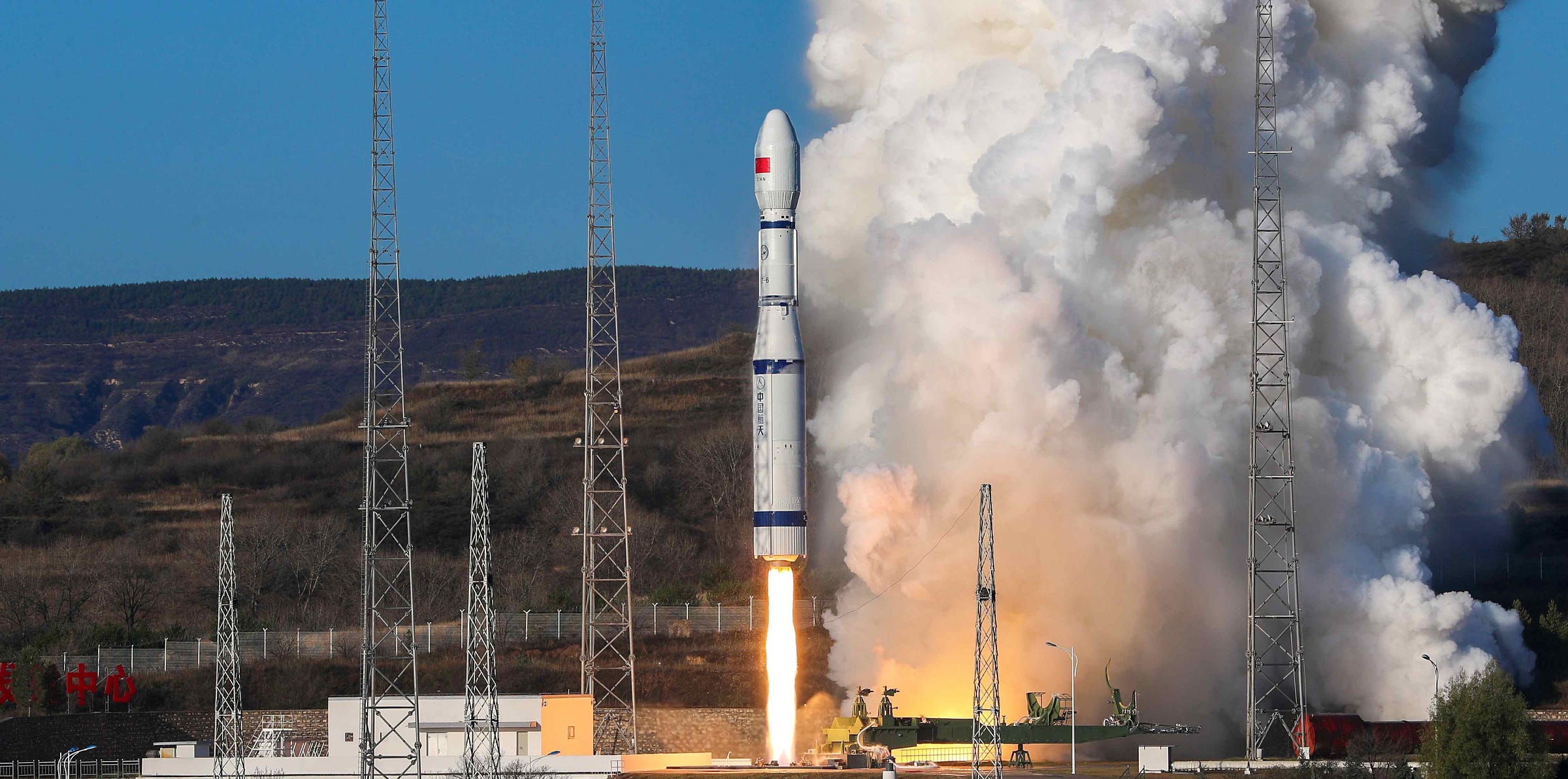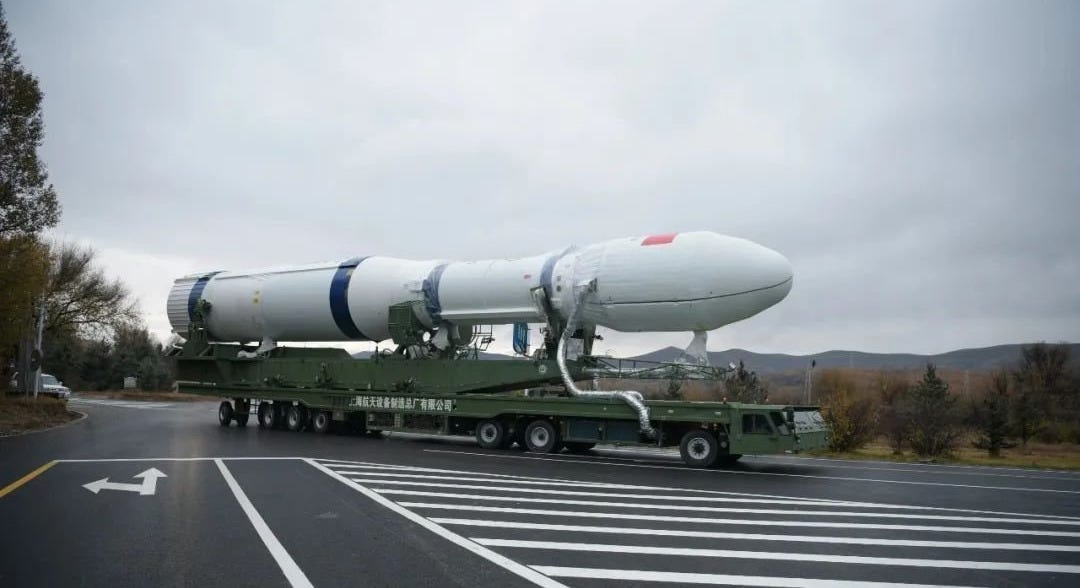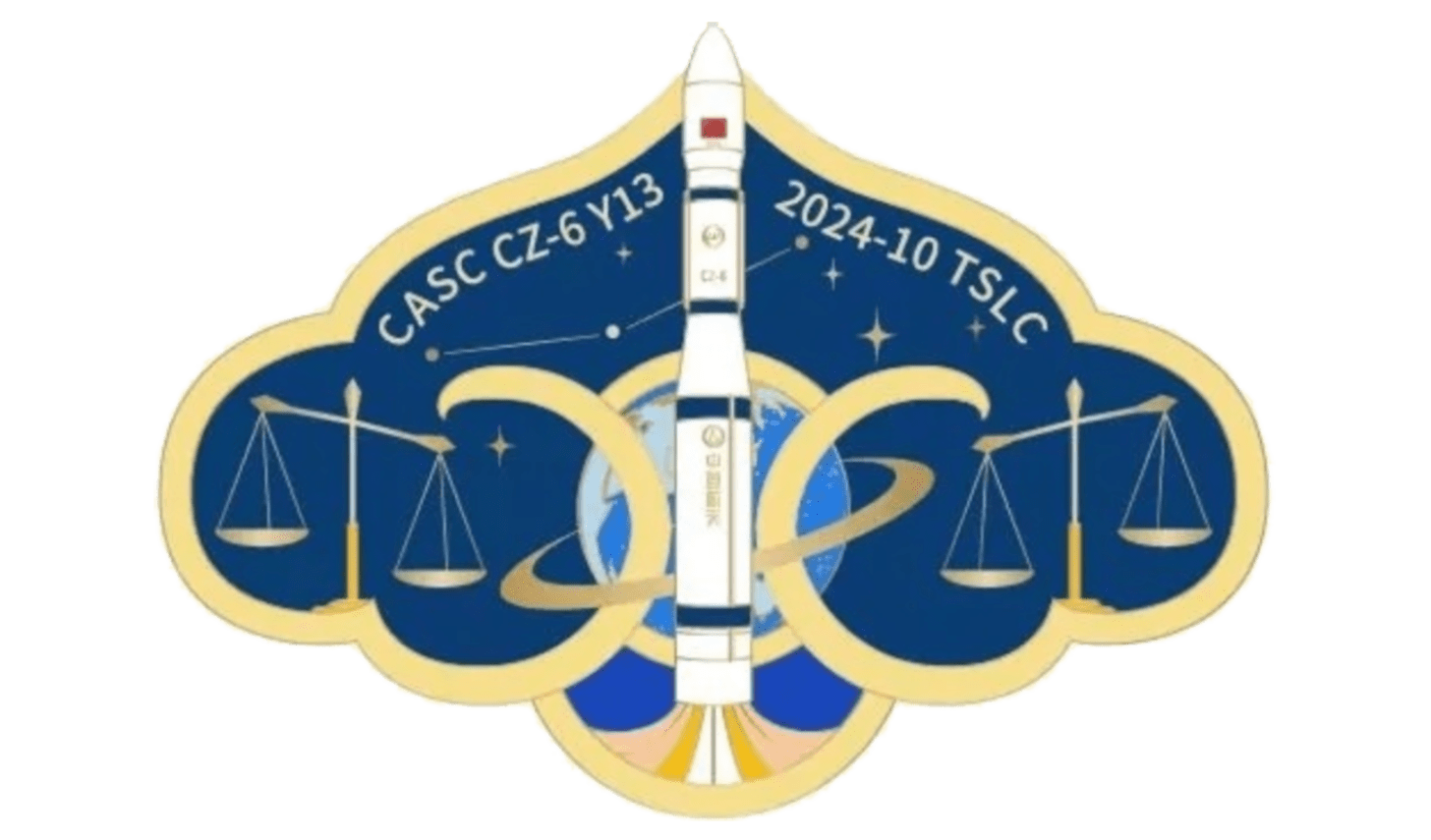New Orbital Surveying Satellites [Long March 6 Y13]
A Long March 6 had an early morning launch carrying three satellites.

A Long March 6 blasted off into the early morning sky, from Launch Complex 16 at the Taiyuan Satellite Launch Center, at 08:10 am China Standard Time, or 00:10 Universal Coordinated Time, on October 22nd. All three stages of the vehicle performed as planned to enter sun-synchronus orbit.
Atop of the vehicle were three Tianping-3 (将天平三号) satellites, stated as being A01, B01, and B02. These satellites are expected to provide space environment surveys and orbital prediction model corrections, based on data gathered about the low Earth orbit environment. According to CGTN, more uses for the satellites will be in support of imaging tests for ground optical equipment as well as detection and monitoring tests of the low Earth orbit environment.
The China Aerospace Science and Industry Corporation and the Innovation Academy for Microsatellites of the Chinese Academy of Sciences are believed to have contributed to the Tianping-3 satellites.
In a post-launch celebration post, the Shanghai Academy of Spaceflight Technology shared that the teams working on the mission maintained the following to ensure success:
“The joint satellite parties completed product test docking in the technical area and operational drills in the launch area to ensure that the satellite products were installed in place and launched. The pre-production process is smooth; by holding "meeting meetings", "deduction meetings", "interpretation meetings" and "pre-shift meetings", to effectively implement the work during the launch site, to do a good job, to do a good job, to understand the data, to ensure the success of the launch mission.”
If there are any problems with this translation please reach out and correct me.
This was the 13th launch of a Long March 6, the Shanghai Academy of Spaceflight Technology’s 222nd rocket launch, and was the 541st launch of the Long March launch vehicle series. Along with these, this was also the 50th launch from China in 2024.
Liftoff footage via China航天 and 天宇·追箭者联盟.
Check out the previous Long March 6 launch
What is the Long March 6?
This section is for those less familiar with China's Long March series of launch vehicles.
The Long March 6 was the first 'green-propellant' Long March launch vehicle with it being developed by the Shanghai Academy of Spaceflight Technology. The first two stages of the vehicle burn rocket-grade kerosene and liquid oxygen, with the third-stage burning Dinitrogen Tetroxide and Unsymmetrical Dimethylhydrazine.
The payload capacity of the launch vehicle is currently as follows:
1,080 kilograms into a 700-kilometer sun-synchronous orbit

The first-stage is powered by a YF-100 engine producing 122 tons of thrust and fuelled by rocket-grade kerosene and liquid oxygen. The second-stage is powered by a YF-115 generating 18 tons of thrust while also burning rocket-grade kerosene and liquid oxygen. The third-stage is powered by a YF-50E engine generating 0.66 tons of thrust burning Dinitrogen Tetroxide and Unsymmetrical Dimethylhydrazine.
On the launchpad, the Long March 6 is believed to be 29 meters tall and weighs 103,000 kilograms when fully fuelled. The first-stage has a diameter of 3.35 meters, with a second-stage diameter of 2.25 meters, and a fairing diameter of 2.6 meters.
So far every Long March 6 has launched from the Taiyuan Satellite Launch Center, in the north of Shanxi province.





![More satellites for cars! [Long March 6 Y11]](https://substackcdn.com/image/fetch/w_1300,h_650,c_fill,f_auto,q_auto:good,fl_progressive:steep,g_auto/https%3A%2F%2Fsubstack-post-media.s3.amazonaws.com%2Fpublic%2Fimages%2Fa3682796-4f0c-484f-b9c8-9ace2bf44ab0_4972x2846.jpeg)